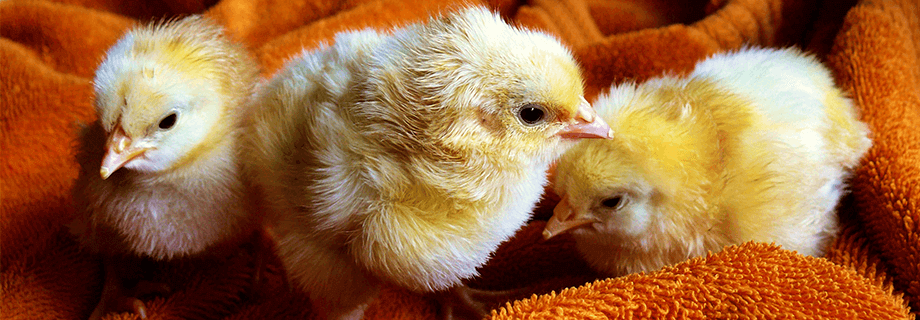Strategies for Slower-Growing Broilers

I can remember a time, not so long ago, when the entire focus of animal protein production was on lean growth in as few days as possible – maximize protein, minimize fat and days to market. While this is still true in many cases, there is an emerging trend in animal production related to slower growth.
Recently, Quiznos announced that they would source chicken from slower-growing broilers, and they are not alone. Panera Bread, along with Chipotle and Shake Shack, have also committed to eventually only buying slower-growth chickens. This follows a very successful market campaign in Holland that used the term “plofkip”, literally meaning “exploded chicken”.
So, one reason for the interest in slow-growers relates to animal welfare concerns, but other reasons exist, too. Human diet advice, which used to shun all animal fats, has shifted, and moderate consumption of animal fats is now actually encouraged with the Paleo and other evolution-based diets. In addition, fast-growing broilers are experiencing quality issues, such as “woody breast” and “white striping”, in the meat and there is also a belief that some older, slower-growing breeds of chickens produce meat with superior flavor.
So, what does this mean when trying to feed these slow-growing breeds? For starters, let’s point out that there is some uncharted territory here. Intensive broiler production has enjoyed vast R&D over the past few decades, including genetic selection to the point of producing strains that eat much more feed and grow much faster. In addition, modern broilers don’t respond to changes in diet composition the same way that swine predictably do. They’re basically just eating machines now, with well-defined nutrient requirements.
Reintroducing older breeds will, therefore, bring along some uncertainties. In addition, slow-growers will put producers in a situation where the birds eat less per day, but could very easily end up consuming more feed through the growth period because it will take them more time to reach market weight (unless, of course, market weights are reduced from current standards) (see here for a great study on this very topic).
As these birds eat less per day, it’s critical to formulate nutrient-dense diets so that each unit of feed consumed contains adequate levels of energy, amino acids, and so on. Extruded soy meals, including both ExPress® meal and extruded full-fat soy, have less water and more available energy and amino acids than commodities, and thus, will help to create a nutrient-dense diet.
Please discuss with us how to approach these and other new trends in food production, including antibiotic-free and feeding strategies to reduce pollution. We have many various examples to support that as well, such as addressing air quality and suggesting changes to your production. We’re here to help and look forward to speaking with you.



